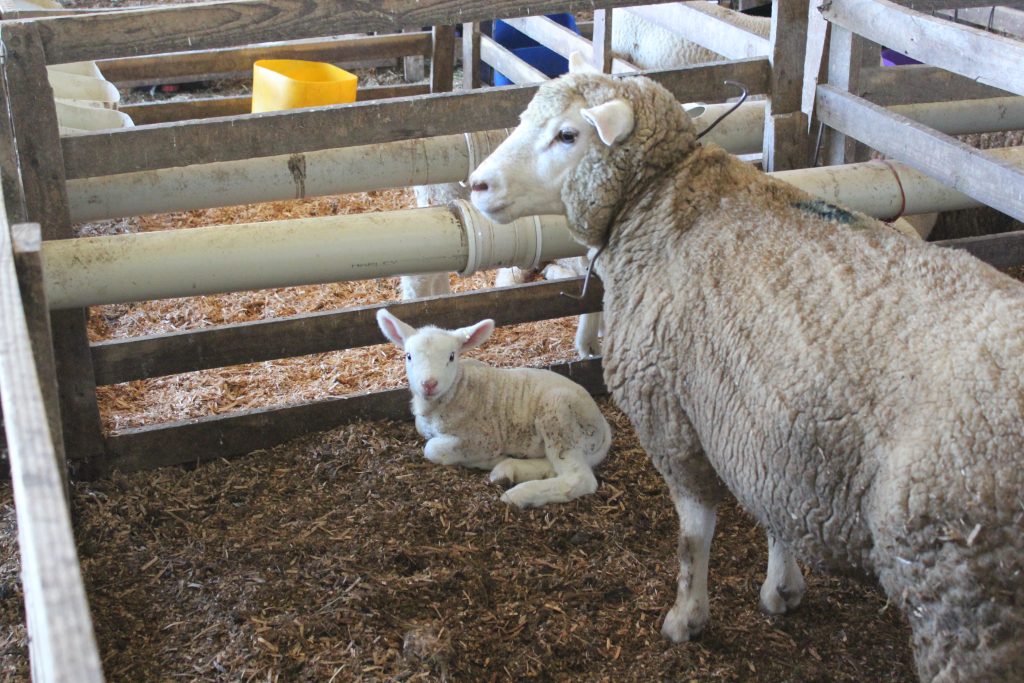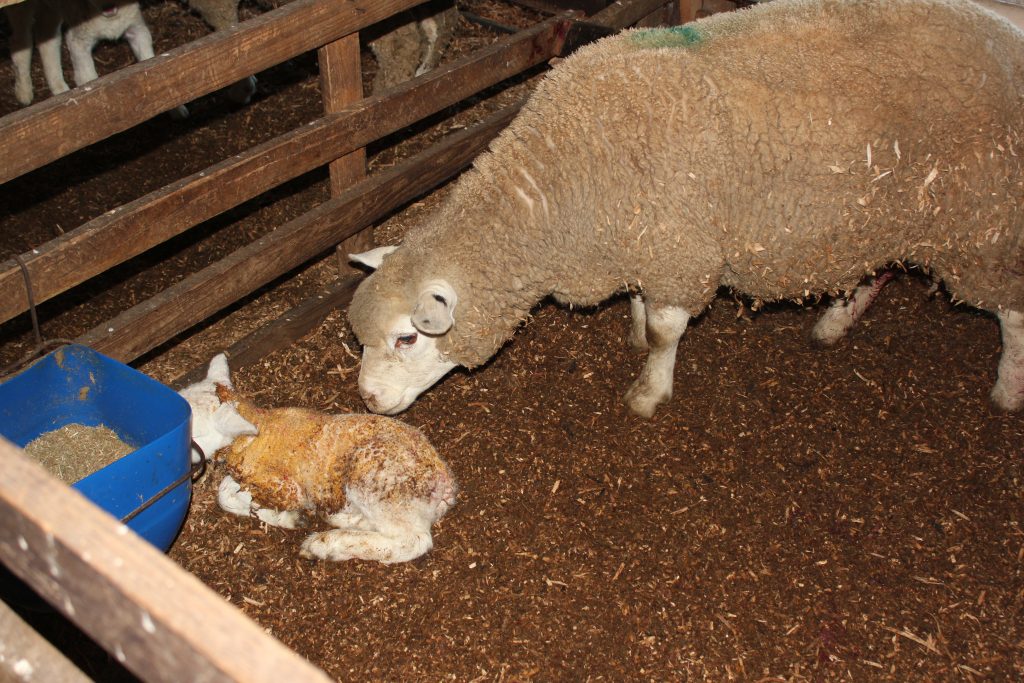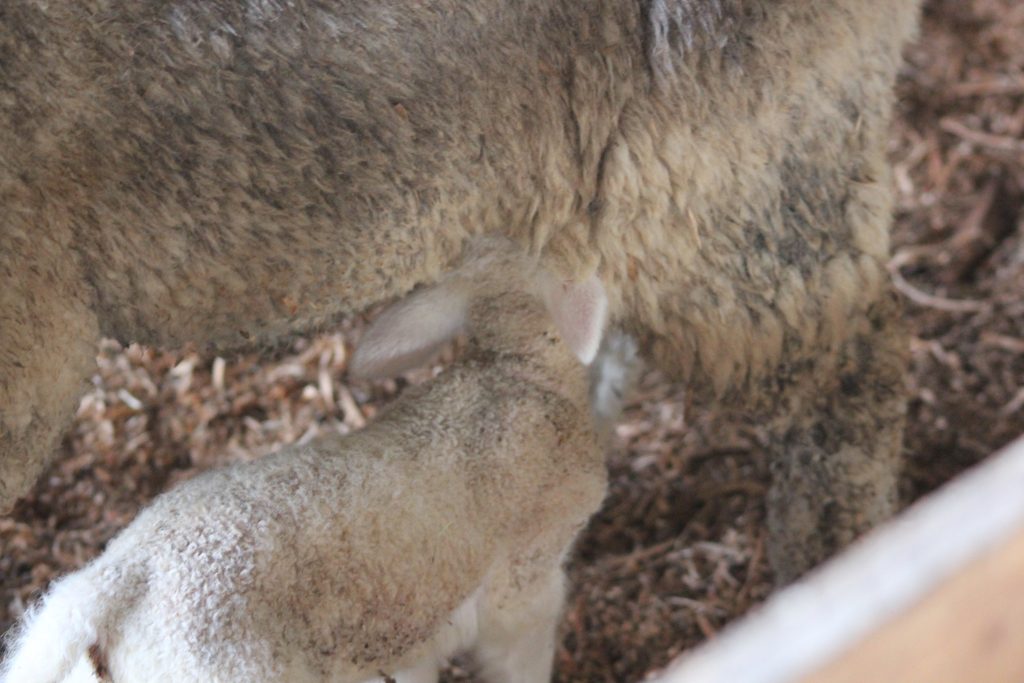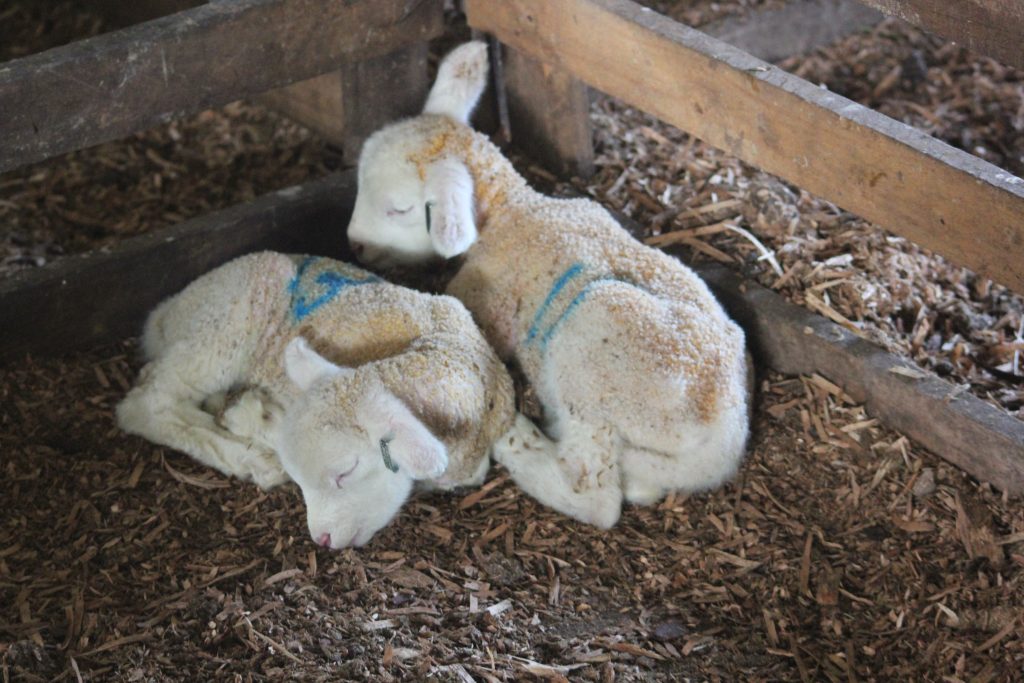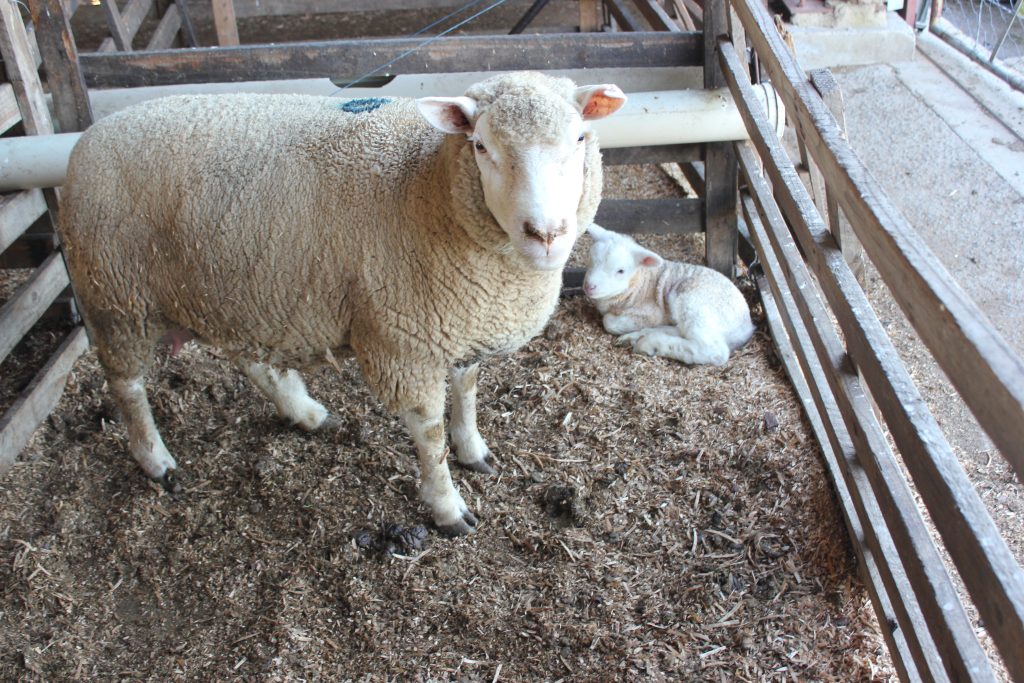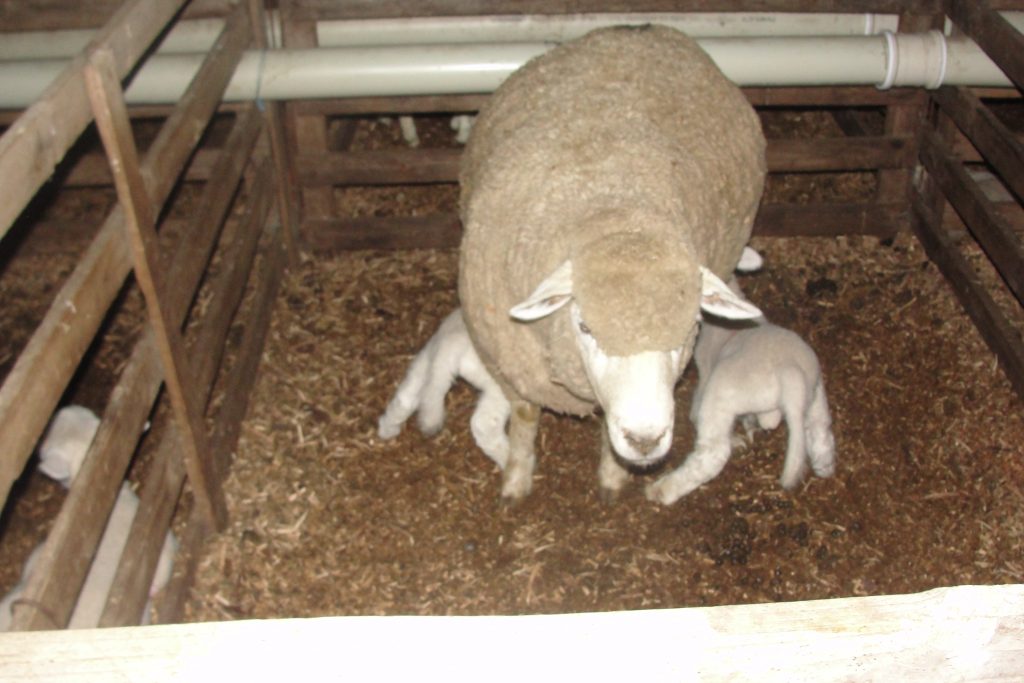Lambing Pens
RCH Ile de France Lambing Pens
Read more about this subject in Farmers Weekly, when Regina spoke to Annelie Coleman.
How to manage a lambing pen system effectively
With stud farming recordkeeping is not negotiable, that is one of the most important reasons RCH make use of lambing pens!
Lambing pens isn’t a new thing, it’s been used by farmers for many years, but more in emergencies, for the protection of animals against extreme weather conditions such as cold and snow. Many farmers have always had a few pens for such cases.
Due to various problems in South Africa, such as theft and predators, there is more pressure being put on the financial viability of livestock farmers. More plans are made to wean each lamb that is born.




Most lamb mortalities occur during the first three days after birth, as the lamb is easy prey for predators, and several other reasons.
Unlimited drinking during the first day after birth, particularly the first six hours, is critical for the lamb to know his mother. Lambs prevented from drinking in the first six hours after birth, was not able to identify their mothers 24 hours after birth because the bonding process has not occurred (Goursaud & Nowak, 1999) resulting in high lamb mortality.
It is extremely important that the lamb ingest Colostrum milk as soon as possible, certainly within the first hour or sooner. Colostrum does not have to come from the birth mother to be successful in supplying energy and antibodies to the lamb. If an ewe does not have enough milk, because of illness, you can take some from another ewe that has lambed recently (6 to 8 hours prior). Frozen or fresh ewe or cow Colostrum can be used if necessary. Remember not to defrost in a microwave as this will destroy necessary vitamins.
If the lamb doesn’t suckle within the first three hours after birth, he loses his suckling ability and the ewe loses interest in the lamb (Cottle, 1987 & Holst, 1997)
Ile de France is known for its multiple births and therefore requires special supervision and management. Multiple lambs play a crucial role in the profitability of sheep farming because they increase the reproduction of the herd..




It is important to realize that lambing pens is not a quick fix for more lambs, or the rehabilitation of bad mothers, but it is only an aid during lambing periods. Problems due to mismanagement is not resolved with lambing pens. The main reason why ewes discard lambs, are because they do not have enough colostrum when the lamb is born, which is caused by the lack of bypass protein. If you care for your ewes, they’ll take care of the lambs… no breed is resistant to mismanagement.
Lambing pens makes management and supervision easier during lambing times. Problem cases can instantly get the attention it needs to promote lamb’s survival. Lambing pens also promote accurate record keeping, which in turn accelerate the breeding progress. There are no negative effects of losing mothering abilities, or bad mothers that are made artificial good mothers. It is easier to see a bad mother in the lambing pen, and to cull her, than to find a bad mother in the field.
Guidelines for Lambing Pens:
Synchronize ewes, to shorten their stay in the pens, to save on food costs and labour. Shortly before lamb ewes can be brought closer to the lambing pens, and once the first ewe gives birth, all the ewes are placed in lambing pens.
Benefits of Lambing Pens:
- Promotes bonding between ewe and lamb especially with multiples
- Simplifies management
- Protection against extreme weather conditions for ewes, lambs and shepherd.
- Maiden ewes are observed more carefully.
- Ewes and lambs can be observed more carefully for signs of illness
- It prevents vermin to prey on newborn lambs
- Identification of bad mothers – ewes culled
- Identification of ewes with little or no milk – ewes culled
- Multiple groups of ewe’s can lamb throughout the year so that facilities are optimally utilized
Disadvantages of Lambing Pens:
- Labour-intensive
- Initial capital outlay can be high
- Cost of food and bedding can be high, but increased weaning percentages make up for that
- If in an 8 -month system with various groups lambing throughout the year, the vaccination program could be a challenge
- Disease risk – buildup of pathogens during the lambing period and quick spread of disease by close contact between animals. This can be prevented and limited by good management (clean, good drainage, well ventilated, spacious).
